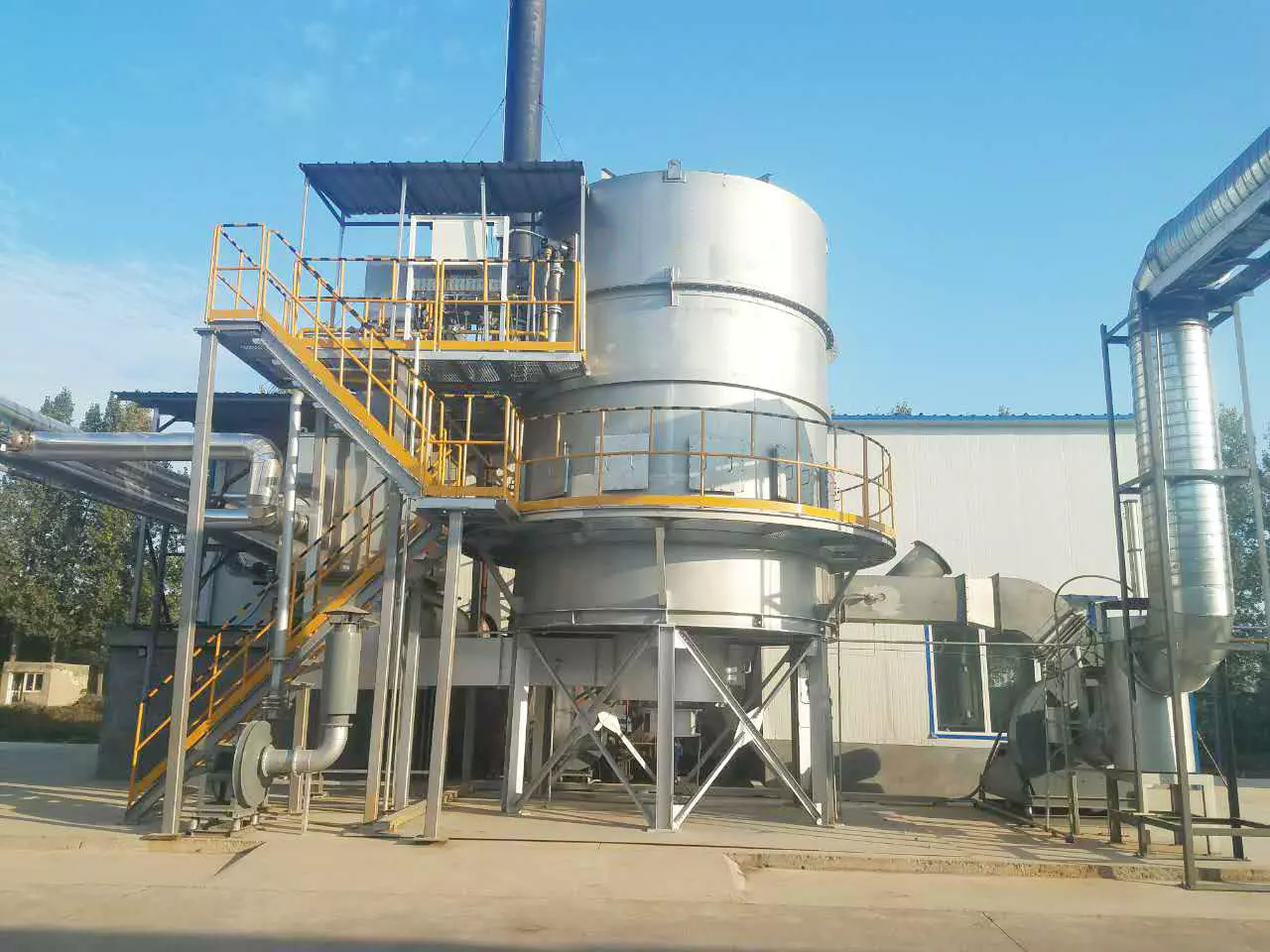What are the key factors in RTO thermal oxidizer system design?
Introduction:
In the field of industrial air pollution control, regenerative thermal oxidizers (RTOs) have gained significant popularity due to their high efficiency in reducing volatile organic compounds (VOCs) emissions. The design of an RTO system plays a crucial role in its overall performance. This article aims to explore the key factors involved in مؤكسد حراري RTO
system design and their importance in ensuring optimal operation.
1. Process Flow and Heat Recovery:
– Proper analysis of the process flow is essential for determining the size and capacity of an RTO system.
– Heat recovery mechanisms, such as ceramic media beds, are integral to RTO design as they minimize energy consumption and increase overall efficiency.
– The selection of appropriate heat recovery media and its configuration significantly impacts the system’s performance.
2. Airflow Distribution and Pressure Drop:
– Proper distribution of airflow is critical to ensure effective VOC destruction throughout the entire system.
– The design should account for equal distribution of airflow among multiple beds or chambers within the RTO.
– Minimizing pressure drop is crucial to reduce the energy required for the system’s operation, optimizing efficiency, and reducing operational costs.
3. Temperature Control and Uniformity:
– Maintaining and controlling the temperature within the RTO system is vital for achieving efficient VOC destruction.
– Temperature uniformity across the system’s beds or chambers is crucial to avoid hotspots and ensure consistent performance.
– Advanced control systems and monitoring devices are utilized to achieve precise temperature control and uniformity.
4. VOC Concentration and Destructive Efficiency:
– Understanding the VOC concentration and composition is essential for designing an effective RTO system.
– The system’s design should consider the targeted destruction efficiency required to meet environmental regulations.
– Factors such as residence time, temperature, and oxygen concentrations are optimized to ensure high VOC destruction rates.
5. Auxiliary Equipment Integration:
– The integration of auxiliary equipment, such as pre-treatment systems, filtration units, and heat exchangers, is crucial for optimal RTO system design.
– These components complement the overall system’s performance, ensuring efficient operation and compliance with emission standards.
6. System Monitoring and Control:
– Implementing a comprehensive monitoring and control system is necessary to ensure the RTO operates within desired parameters.
– Real-time monitoring of temperature, pressure, and airflow factors enables adjustments for optimized performance.
– Advanced control algorithms and automation increase operational efficiency while reducing human error.
Conclusion:
In conclusion, the design of an RTO thermal oxidizer system encompasses various key factors that are integral to its overall performance and efficiency. From process flow analysis to temperature control, each aspect plays a vital role in achieving optimal VOC destruction and compliance with environmental regulations. By considering these factors and employing advanced monitoring and control systems, industrial facilities can effectively mitigate air pollution while minimizing operational costs.

Key Factors in RTO Thermal Oxidizer System Design
Our company specializes in the comprehensive treatment of volatile organic compounds (VOCs) in waste gas and carbon reduction energy-saving technology. We are a high-tech equipment manufacturing enterprise with core technologies in heat energy, combustion, sealing, and self-control. Our team has the ability to simulate temperature fields, air flow fields, and conduct experiments on the properties of ceramic heat storage materials, molecular sieve adsorption materials, and high-temperature incineration and oxidation of VOCs.
We have an RTO technology research and development center and waste gas carbon reduction engineering technology center in Xi’an, as well as a 30,000 square meter production base in Yangling. We are a leading global manufacturer of RTO equipment and molecular sieve rotary equipment. Our core technology team comes from the Aerospace Liquid Rocket Engine Research Institute (Aerospace Sixth Academy). Our company currently has more than 360 employees, including over 60 R&D technology backbones, including three senior engineers, six senior engineers, and 118 thermodynamics doctors.
Our core products are rotary valve heat storage oxidation incinerators (RTO) and molecular sieve adsorption concentration rotary equipment. Combined with our own expertise in environmental protection and thermal energy system engineering technology, we can provide customers with integrated solutions for industrial waste gas comprehensive treatment and thermal energy utilization carbon reduction.
Certifications and Qualifications
We have obtained certifications and qualifications such as intellectual property management system certification, quality management system certification, environmental management system certification, construction industry enterprise qualification, high-tech enterprise, rotary valve patent for heat storage oxidation furnace, rotary wing heat storage incineration equipment patent, and disc-type molecular sieve rotary equipment patent. We have also received various honors.

كيفية اختيار معدات RTO المناسبة
- Determine the waste gas characteristics
- Understand the local regulations for emission standards
- تقييم كفاءة الطاقة
- ضع في اعتبارك التشغيل والصيانة
- تحليل الميزانية والتكاليف
- Choose the appropriate type of RTO
- ضع في اعتبارك العوامل البيئية والسلامة
- Performance testing and verification
When choosing RTO equipment, it is important to first determine the characteristics of the waste gas and ensure compliance with local regulations for emission standards. Evaluating energy efficiency, considering operation and maintenance, and budgeting and cost analysis are also important factors to consider. Additionally, choosing the appropriate type of RTO and considering environmental and safety factors are crucial. Finally, it is important to perform performance testing and verification before making a final decision.

عملية الخدمة لدينا
- Consultation and evaluation: preliminary consultation, on-site inspection, needs analysis
- Design and plan formulation: scheme design, simulation and modeling, scheme review
- Production and manufacturing: customized production, quality control, factory testing
- Installation and commissioning: on-site installation, commissioning, and training services
- After-sales support: regular maintenance, technical support, spare parts supply
Our professional team provides customers with customized RTO solutions and one-stop services. We offer consultation and evaluation to analyze customers’ needs, design and plan formulation to provide optimal solutions, production and manufacturing to ensure high-quality products, installation and commissioning to ensure proper operation, and after-sales support to ensure long-term maintenance and spare parts supply.
المؤلف: ميا
